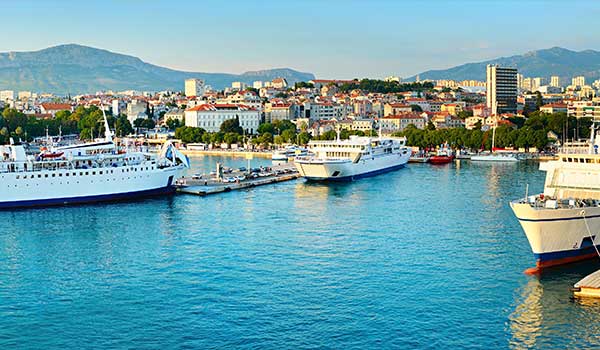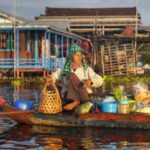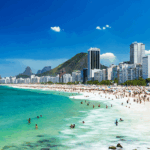We are delighted to announce that Anna Bauer has won Tucan Travel’s Blog & Win competition for 2013. She delighted us all with her account of her Magical Mexico Group Tour describing the days spent exploring Mayan ruins and nights sampling the tequila and mezcal the country is known for. Joining a Group Tour on your own can be a scary and intimidating experience but Anna explains how her Tour Leader, Jacob, and the rest of her fellow passengers immediately put her at ease. Read her entry here.
Congratulations Anna.
What was the highlight of your Magical Mexico Tour?
My highlights of the Magical Mexico Tour are plentiful. From swimming with the whale sharks offshore in Cancun, the clapping guides of Mayan and Aztec ruins to the wild night and never ending Tequila at Coco Bongo. But what I loved the most was meeting new people. Not only the people on my tour but the locals. Siesta beers on the streets of San Cristobal, rambling home at all hours of the day with new friends, running through the streets chasing local buses covered in fairy lights – it all lead me to meet some interesting characters, locals and tourists alike, and it’s those things that I will remember the most about Mexico. That and three little corn chips standing upright in beans.
Did you write a blog of your travels and if so, why?
I did write a blog while I was away and I’ve kept at it since I’ve been home. I’ve dabbled in blog writing in the past but didn’t really stick with it. While travelling I could invest more time into writing and found that I actually really loved it. I didn’t think anyone would read it except my mum (she was missing my long emails that told her I was still alive) but it turned out to be pretty well received with the rest of my facebook friends. I wrote the blog so I’d remember the small stuff. The moments I couldn’t bring home with my camera lens. With the blog, I could pick the good stuff. The stuff that happened that was funny or out of the ordinary. So while it wasn’t really a travel blog in the traditional sense – it was a blog and it was about my time away and the way I see the world. Calling it Life in Big Frilly Knickers was probably my biggest mistake… it ended up being nothing about Frilly Knickers.
Where are you going to travel to on your winning trip and why?
I can’t decide! The options are so broad but I think it could be Cuba or India. I’ve always wanted to go to both but have been apprehensive about travelling solo to those parts of the world and the winning trip absolutely solves that problem. Salsa dancing, white rum, cigars or the rat palace, Varanasi and marigold strung cows? It’s a terrible problem to have and one I am sure won’t be so difficult to solve with a little bit of research. (My gut tells me India but I’ll have to see about timing!)
Do you have any other tours planned?
While nothing is physically planned … After Mexico, I’d started mentally planning the rest of South America immediately. I desperately wanted to see Carnivale and giant Jesus but, at heart, it’s always been Africa. Until I see a hippo wallow in the mud and smell its breath, I won’t rest. Everytime I leave Australia, my wanderlust only grows stronger and I’ll just have to keep working to fund the next adventure. Africa is still a little while away, there’s a lot more little trips in the meantime I think.
About the Author: Jess is Communications Coordinator for Tucan Travel. She has travelled independently and on group tours through Central America, Africa, North America, Israel and Europe. You can find her on Google+ or read her other contributions here.
Spread the love



